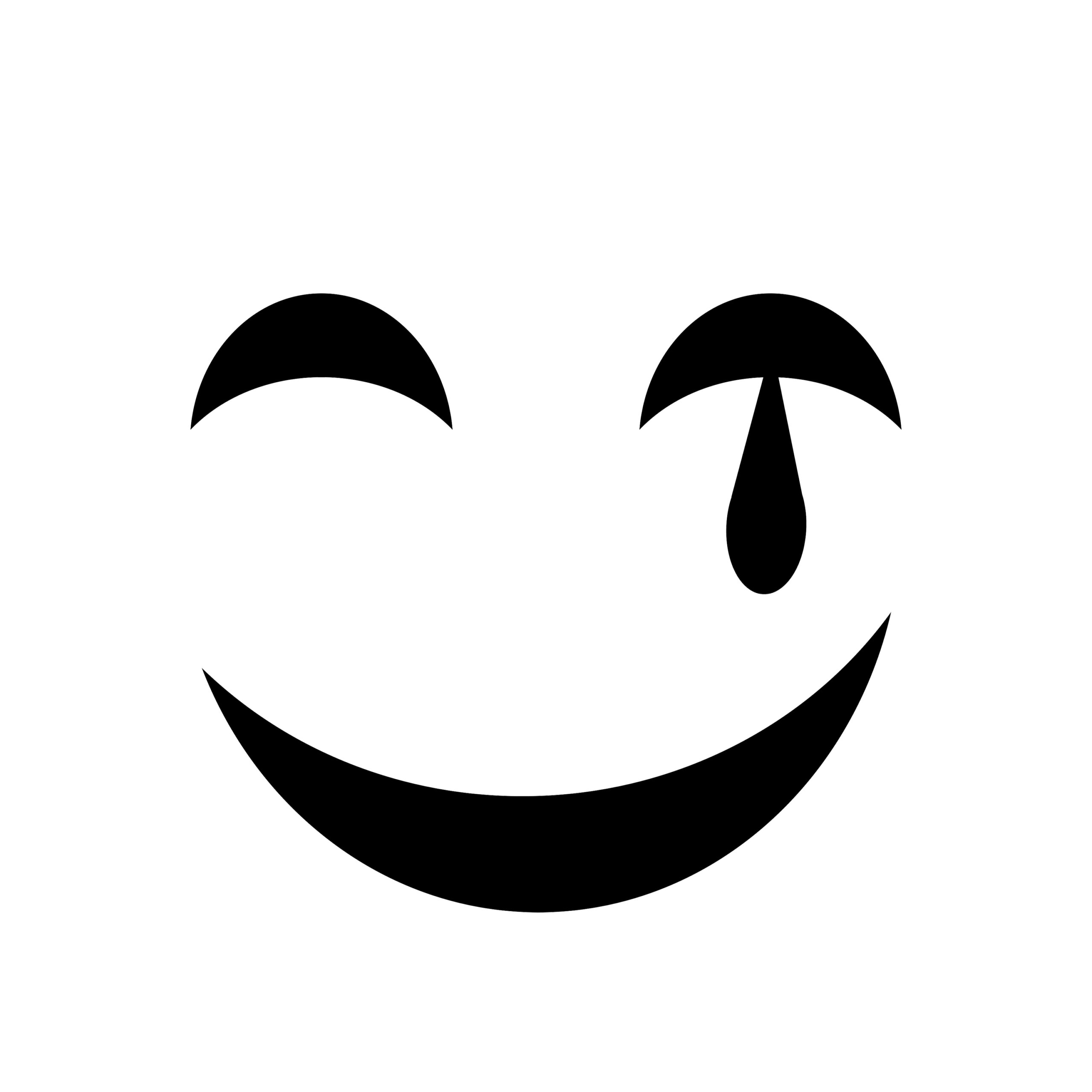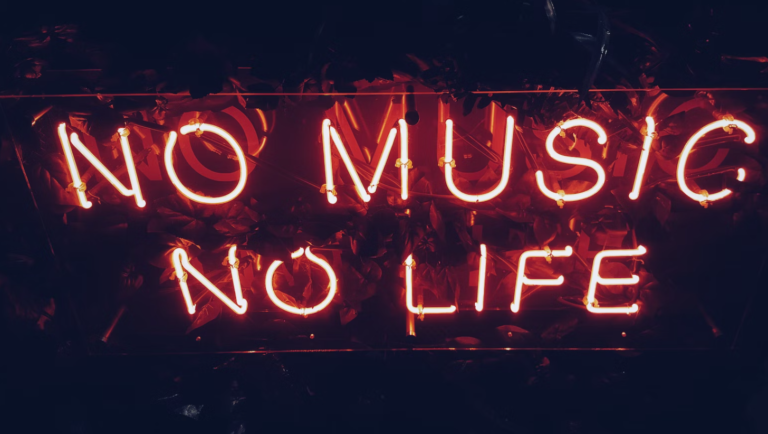Tour Dates | Shop | Contact
In the world of content creation, whether it’s for YouTube videos, podcasts, or social media posts, finding music that is not copyrighted is essential. This allows creators to use music freely without worrying about strikes, claims, or penalties from copyright holders. So, what kind of music is not copyrighted, and how can you find it for your projects? Let’s break it down.
Understanding Copyright-Free Music
Before we dive into where you can find music that’s not copyrighted, it’s important to understand the concept of copyright. Copyright protects the original works of creators, giving them exclusive rights to their work. If a piece of music is copyrighted, you need permission to use it, and failing to do so could result in legal consequences.
However, there are types of music that are not subject to these protections or that are available for use under certain conditions. These include:
1. Public Domain Music
Music that has entered the public domain is no longer protected by copyright laws. This could happen for various reasons, such as the expiration of copyright after a certain period (usually 70 years after the death of the composer). Once a piece of music is in the public domain, anyone can use it freely, without restrictions.
Examples of public domain music include older classical pieces, such as works by Beethoven, Mozart, and Bach. These pieces can be used in any way you like, including in videos, commercials, and other projects.
2. Creative Commons Music
While not all Creative Commons music is completely free from copyright, many tracks are offered with licenses that allow free use under certain conditions. For example, some Creative Commons licenses only require attribution to the artist, while others might restrict the use of the music for commercial purposes.
There are various websites where you can find Creative Commons music, including Pixabay and SoundCloud. Many tracks on these platforms are licensed for free use, making them a great option for creators who want to avoid copyright issues.
3. Music You Create Yourself
If you’re a music producer or have the ability to create your own tracks, original music is always copyright-free as long as you are the creator. By creating your own music, you maintain complete control over its usage and licensing. This ensures you can use it in any project without concerns about copyright infringement.
If you’re not a musician but still want to use original music, you can collaborate with independent artists or hire a composer to create something unique for your content.
4. Royalty-Free Music
Royalty-free music isn’t technically “copyright-free,” but it is music that you can use without having to pay royalties each time you use it. Many websites offer royalty-free music tracks for a one-time fee or for free under specific terms. While you still need to follow the licensing terms, royalty-free music typically provides the freedom to use the music in a variety of ways without additional costs.
5. Free Music Platforms
Some platforms offer free music that is explicitly stated as copyright-free or available for commercial use. These platforms often allow users to download and use music tracks for videos, streams, or podcasts without the risk of copyright infringement. Examples of these platforms include:
- Pixabay Music: Free to use and download, no attribution required.
- YouTube Audio Library: Free music tracks available for use in YouTube videos and other projects.
- Free Music Archive: Offers a large library of tracks that can be used under specific licenses.
6. Music From Artists Who Release Their Work for Free
Some artists, including those on platforms like Play House, choose to release their music for free. These tracks are typically available under terms that allow you to use the music without any legal restrictions, as long as you follow the artist’s guidelines.
For example, you can explore Play House’s music on Pixabay and SoundCloud, where tracks are often made available for free use in various projects.
7. Music in the Public Domain Due to the Artist’s Decision
Some artists choose to release their work directly into the public domain, removing any copyright restrictions. This can happen for various reasons, such as the artist wanting to make their music more accessible or contribute to the creative community. When music is released into the public domain, you can use it freely without any restrictions.
Final Thoughts
While no music is ever truly “free to use” unless it falls under specific licenses or conditions, there are plenty of options for finding music that is not copyrighted. Public domain music, Creative Commons music, royalty-free tracks, and music released by artists like Play House are all excellent resources for creators who need music without copyright concerns.
If you’re looking for Play House’s latest tracks, including the release of “WE”, head to YouTube and stay updated with new music from Play House.



